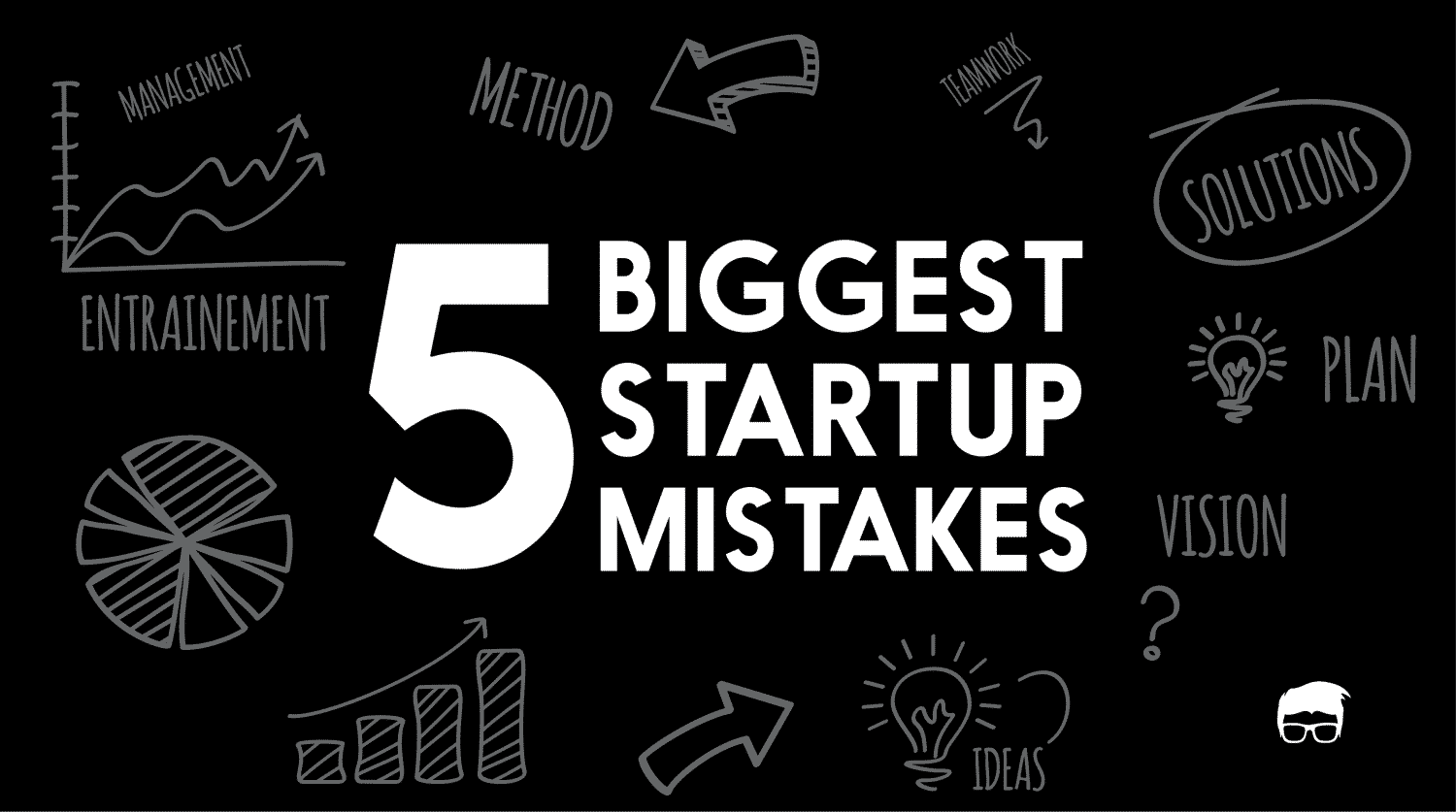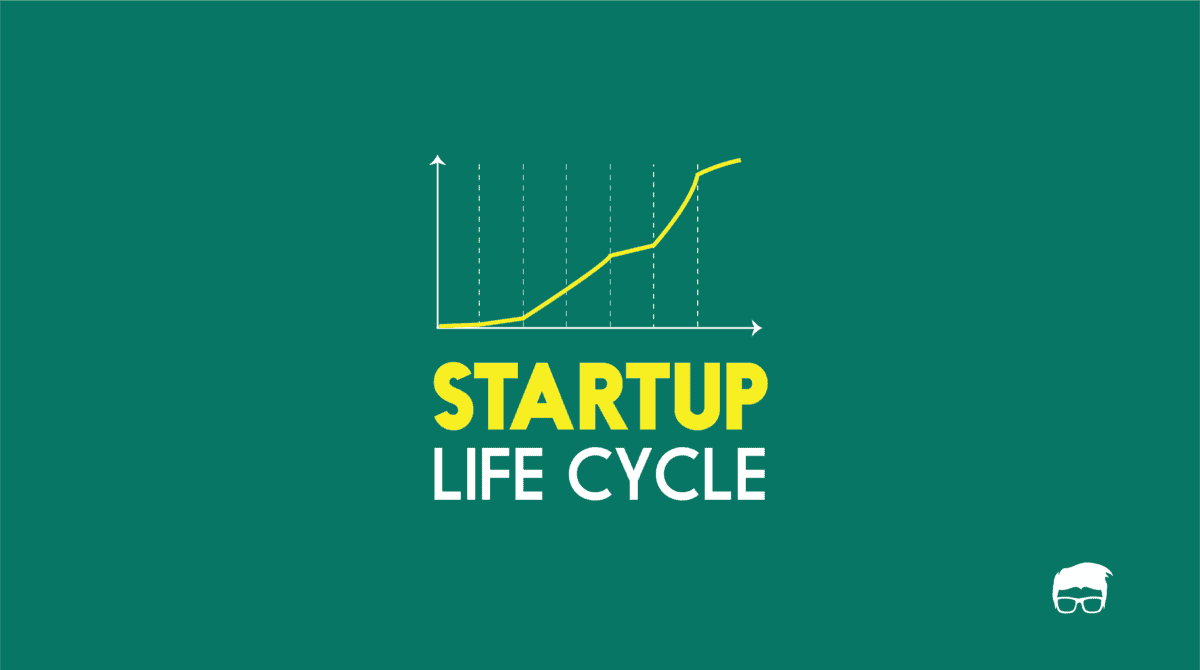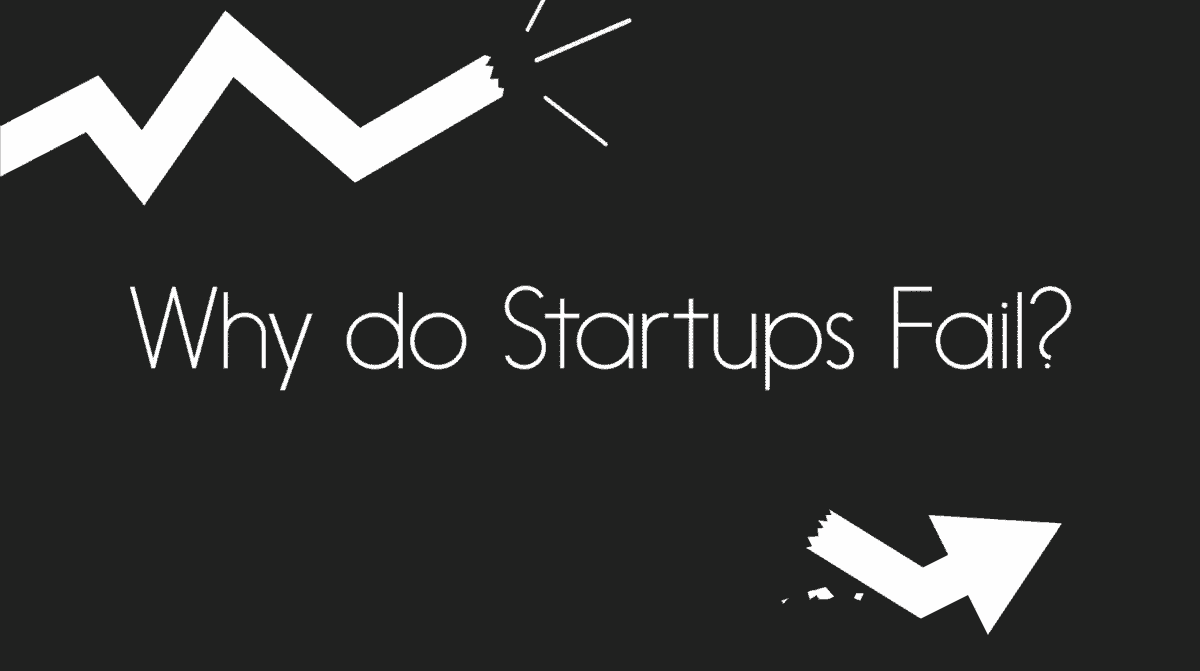If you follow any startup-oriented news outlets, you know that startup failure rates are high. Even startups with millions in funding and strong founding teams do fail. Even startup projects by top companies like Google and Facebook have not been immune to failure. So, how many startups fail?
Statistically, the answer varies depending on the source you look at. For example –
- According to Bloomberg, eight out of 10 startups fail.
- CB Insights reported that 90% of all startups fail, as only one in ten survives their fifth year or more.
Moreover, the startup failure rate also differs regarding the following factors:
- Country,
- Industry,
- Stage of the company, and
- How does the government or a research organisation define startups.
No matter the case, here’s Feedough’s take on the startup failure rate, answering how many startups fail each year:
How Many Startups Fail?
90% of startups completely fail. And only 15% of those who survive produce a successful exit of $50 million or more.
When we talk about the number of years in existence, according to the Bureau of Labor:
- Only 20% of startups fail in their first year.
- 30% fail till their second year.
- 45% of startups fail till their fifth year. (In India, the failure rate is 90% for the fifth year)
- 65% fail during the first ten years.
And only 1% of startups end up becoming unicorns (source: CB Insights).
Even venture-backed startups (also called scaleups) fail at a rate of 75%. That is, only one out of four venture-backed startups survives.
While these startup failure rate statistics can seem daunting, know that not all startups are doomed to fail. The nature of the startup ecosystem and your negligence as a founder & co-founder to take the right direction causes most of the failure.
But to understand the reasons behind this high startup failure rate, you need to know how startups operate and what environment they thrive in.
Why Are Startups Prone To Failure?
The startup ecosystem is an unpredictable and volatile environment. It greatly differs from other established industries and established companies.
For example, a startup spends money not just on innovating a solution to a repressed problem but also on creating a market and making people used to this solution so that they can buy it. Sometimes, this process of creating a market itself:
- Can take years, demanding additional capital and resources from the founders,
- Can fail due to low market readiness or saturation.
In such cases, startups are more prone to failure than existing companies and industries. This is because existing companies already have an established customer base and a track record of success in their industry.
Besides this, founders have a heavy responsibility to manage their startup’s internal and external operations. Even one wrong decision can make the entire market-building process fail.
For example, Housing.com, once a highly-valued startup, failed to find the right leadership and investors at the right time.
Reasons For Startup Failure
While startup failure reasons are easy to define, it’s often too late for the founders to note and rectify them. Some even go on raising funds in the name of solving these problems, which further adds to their downfall.
That’s why it’s important to identify and address them in the early stages of a startup.
Common reasons for startup failure include:
Premature Scaling
Startup failures due to no market need: ~70% (Source: Forbes)
Scalability is a crucial factor for success, but it can lead to failure if done too early. Premature scaling implies that your startup is investing way more than its income or investment, leading to a vicious cycle of cash burn and, finally – bankruptcy.
For example, even though Fab.com had a vibrant platform, it failed to scale up its operations correctly; ultimately, it could not sustain its cash burn rate.
No Market Need
Startup failures due to no market need: 35% (Source: CB Insights)
Sometimes, even the hypothesis that startups are built on fails to hold true, mainly because founders take the wrong route. Instead of identifying the problem before creating the solution, they often create a product first and then try to fit it into the market.
For example, even though Google Glass was an innovative product that gave a glimpse of future technology, its high price and the lack of a problem-solution fit made it a failure.
Insufficient Capital
Startup failures due to insufficient capital: 38% (Source: CB Insights)
Since starting up involves building an entire market from scratch, they often run out of capital faster than expected.
That’s why special terms like cash runway, burn rate, and cash flow measure how much capital is available to a startup.
Often, founders run out of cash because they:
- Fail to secure the right investors,
- Overspend on marketing or unnecessary resources,
- Neglect to raise additional capital in time,
- Don’t pay much attention to their cash runway, or
- Plan their revenue model inefficiently
Flawed Business Model
Startup failures due to the flawed business model: 19% (Source: CB Insights)
Even startups with the perfect problem-solution fit fail because they cannot make the most out of their business model.
For example, even though Groupon’s business model was theoretically designed for a win-win situation, its implementation in the Indian market failed due to excessive discounting and high costs, making its product-market fit inefficient.
How Can Startups Avoid Failure?
While there isn’t a magic sauce to prevent startup failure, there are some practices that startups can adopt. These include:
- Building a product that solves real problems: Startups need to identify the problem or need before creating a solution for it.
- Test before launch: Startups should test their product’s viability in the market before launching it commercially. For example, a simple MVP validation can drastically reduce your risk of failure.
- Focus on transactional profit: Instead of vanity metrics, startups should focus on transactional profit to stay afloat. For example, if a startup sells a service for $10 and pays $17 to acquire the customer, it essentially loses $7 on every transaction. While it’s important in the initial stages, it should be avoided in the later stages to stay afloat.
- Focus on the runway: Cash runway refers to how long a startup can sustain itself with the current capital. For example, if your startup has $1000 and spends $500 monthly, its cash runway is two months. You should always check your spending and focus on increasing your cash runway.
- Keep debt low: Debt eats up a startup’s profits and cash flow. Therefore, startups should keep their debt low unless it is essential for growth. Convertible options are available for startups to raise capital without having too much debt. These include convertible notes and SAFE convert to equity once the startup is ready to expand. Nevertheless, even if the founder prefers debt over equity dilution, they should look for opportunities to refinance a loan or pay it off with the proceeds of new rounds to keep the debt-to-equity ratio below 2:1.
- Scale only when needed: Scaling isn’t just diving into new markets. Premature scaling also involves expanding beyond the existing offering too soon, hiring too many people, or spending too much on marketing or other unnecessary resources. Startups should scale up only when they are confident of the return on investment and when the product’s market fit is clear.
- Build a value-oriented business model that can generate cash: Both value proposition and revenue model play an essential role in the success of a startup. You should focus on creating value the market recognises and is ready to pay for. For example, while a pet matrimonial app ‘Tindog’ sounds like a fun idea, people might not be willing to pay for it, making its revenue model inefficient.
A startup consultant, digital marketer, traveller, and philomath. Aashish has worked with over 20 startups and successfully helped them ideate, raise money, and succeed. When not working, he can be found hiking, camping, and stargazing.
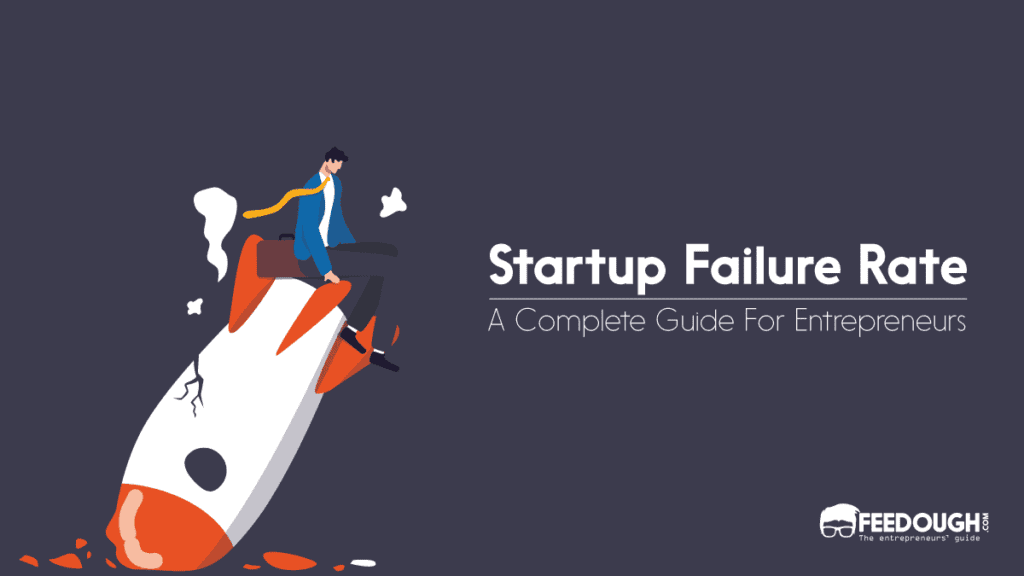

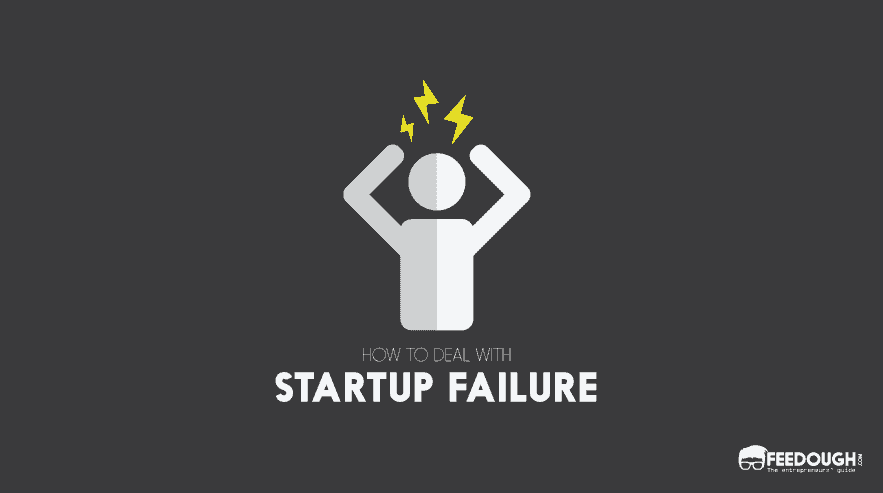

![How To Get Startup Funding [The Complete Guide] startup funding guide](https://www.feedough.com/wp-content/uploads/2022/08/startup-funding-guide.png)
